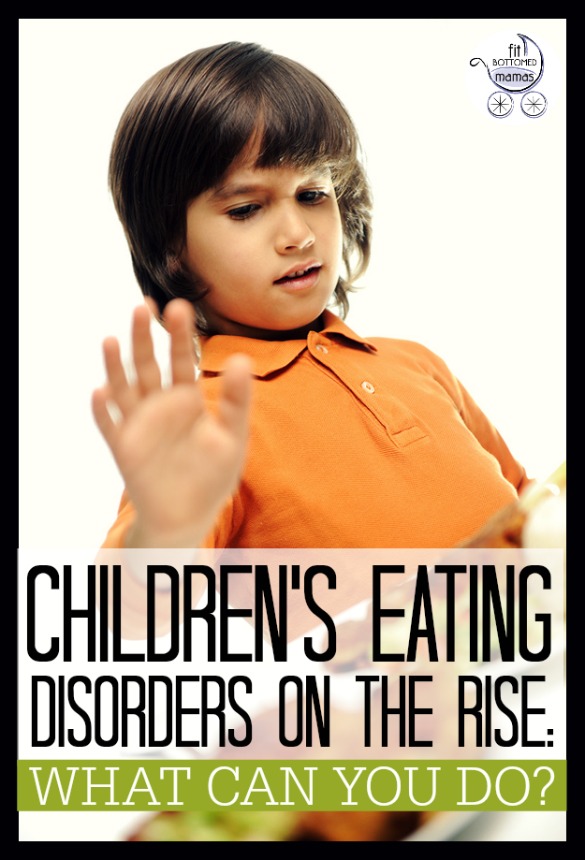Two Extremes of Disordered Eating
 After discussing putting babies on diets Monday and baby Spanx yesterday, I thought I’d go ahead and keep the “weighty” discussion going! As we battle obesity in America, it seems that a rising number of children are falling on the opposite end of the spectrum—eating disorders.
After discussing putting babies on diets Monday and baby Spanx yesterday, I thought I’d go ahead and keep the “weighty” discussion going! As we battle obesity in America, it seems that a rising number of children are falling on the opposite end of the spectrum—eating disorders.
In a report from the American Academy of Pediatrics (AAP), it appears that children’s eating disorders are on the rise.
An estimated 0.5 percent of adolescent girls in the United States have anorexia nervosa, and 1 percent to 2 percent meet criteria for bulimia nervosa. And boys aren’t escaping the trend either: The AAP reports an increasing recognition of eating disorders in males. One analysis has shown that from 1999 to 2006, hospitalizations for eating disorders in children under 12 years of age increased by 119 percent. Talk about a trend going in the wrong direction.
I don’t think it’s a coincidence that both extremes of disordered eating are on the rise. Maybe, as we’ve seen with babies on diets, some parents are so afraid of their kids becoming obese that they are unknowingly encouraging bad eating habits and poor self-esteem. Both extremes are unhealthy and can lead to disastrous consequences.
So what can be done to stop it? How can we teach our kids to have healthy relationships with food? For me, it’s starting with breastfeeding. Then when the little one is ready for real food, I’ll offer as many nutritious options as I can. I won’t make her clean her plate, but I will encourage her to at least try mama’s cooking. I’ll encourage activity and exercise, but I won’t encourage a thinner-is-better mentality. I’ll offer treats so that nothing is off limits but encourage moderation. But most importantly, I will set an example. I’ll practice what I preach by eating healthy foods, exercising and accepting myself for how I am (which means no beating myself up for my perceived flaws).
What are you doing to encourage a healthy body image in your kids? —Erin
